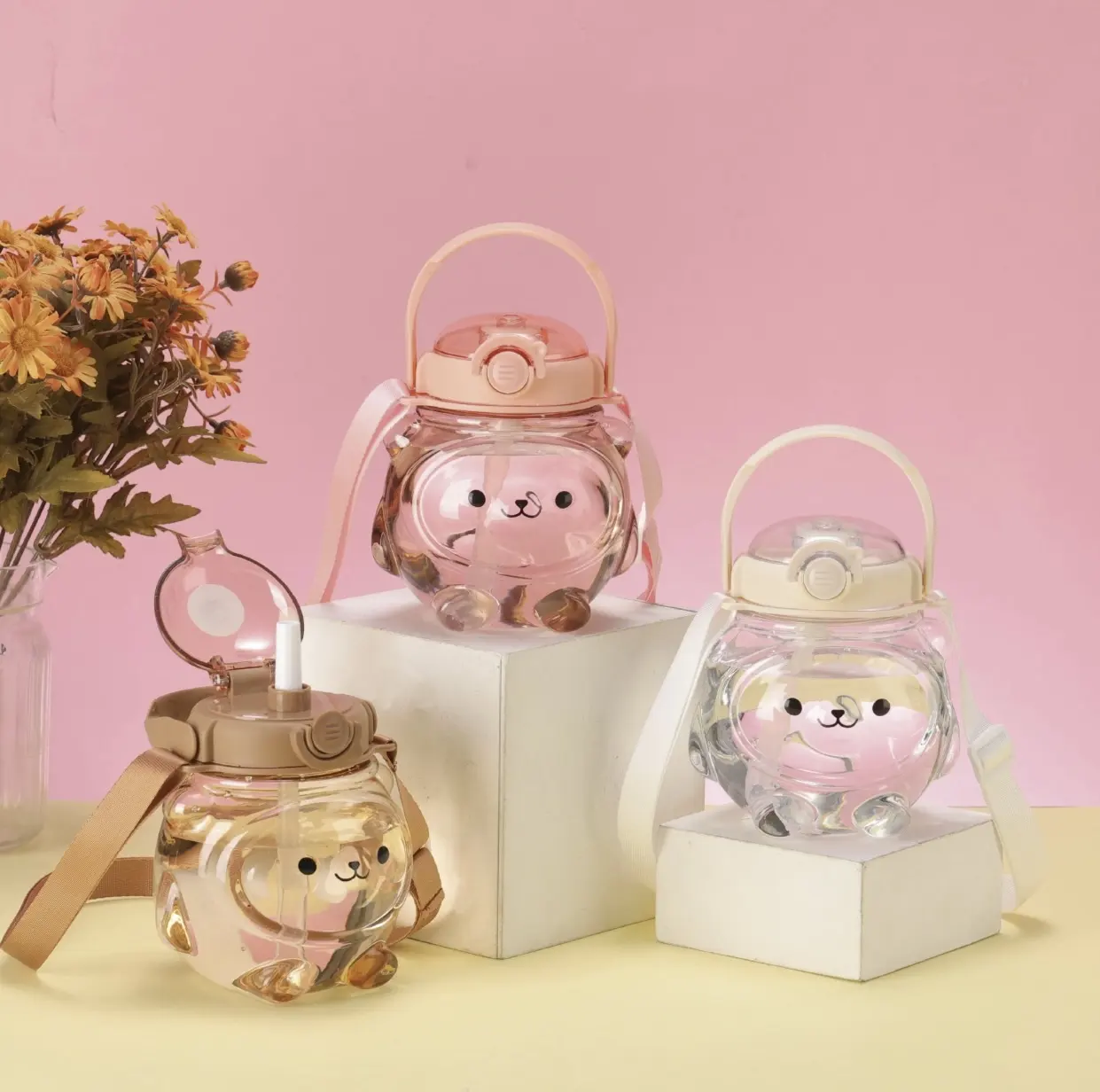18 years as a one-stop custom manufacturer of shaker bottles and sports water bottles.
Are Plastic Water Bottles with Straws Hurting the Planet? Discover the Facts
Understanding the Lifecycle of a Plastic Water Bottle with a Straw
From raw material extraction to disposal, plastic water bottles with straws go through a complex lifecycle that has far-reaching environmental consequences. The production process begins with the extraction of raw materials, primarily petroleum-based plastics, which are then converted into high-density polyethylene (HDPE) and low-density polyethylene (LDPE). These plastics are then processed into bottles and straws, which are distributed worldwide through supply chains that often involve multiple stages of production and transportation.
The lifecycle of a plastic water bottle with a straw is far from kind to the environment. After use, these bottles and straws are typically discarded, often ending up in landfills or the oceans. When decomposition fails, the plastic begins to degrade, releasing harmful microplastics into the environment. These microplastics can travel through the food chain, posing risks to marine life, including popular species like blue whales, seals, and fish. The breakdown of plastic also contributes to the "plastic pollution" crisis, clogging drainage systems and water sources around the world.

The Environmental Impact: Are Straws to Blame?
Straws, while seemingly insignificant, play a crucial role in the environmental degradation of plastic water bottles. The straws themselves are often made from petroleum-based materials, which, when decomposed, release microplastics into the environment. These microplastics can travel through the food chain, harming marine life and ecosystems. Additionally, straws are often discarded or flushed into bodies of water, where they can become entangled with marine animals, causing suffocation and death. The impact of straws is further amplified when combined with plastic water bottles, creating a cycle of environmental harm.
Economic and Regulatory Perspectives: The Business and Policy Landscape
The economic drivers behind the production and distribution of plastic water bottles with straws are rooted in their convenience and affordability. Single-use plastics are marketed as eco-friendly and convenient, appealing to consumers who prioritize convenience over environmental responsibility. The business model behind these products is profit-driven, with companies often prioritizing short-term gains over long-term environmental consequences.
Despite the growing awareness of the environmental impact of plastic water bottles, regulations are lagging behind. Many countries have introduced bans or restrictions on single-use plastics, but enforcement is inconsistent and often insufficient. The industry, however, continues to resist change, with companies seeking to find alternative materials that can replace plastic while maintaining their convenience and affordability.
Consumer Awareness and Behavior: Education and Alternatives
Consumer awareness is a critical factor in reducing the environmental impact of plastic water bottles with straws. As more people become educated about the dangers of plastic waste, they are making conscious choices to reduce their consumption of single-use plastics. This includes opting for reusable water bottles, opting out of straws, and supporting brands that prioritize sustainability.
However, consumer behavior is not always consistent, and many people remain unaware of the environmental impact of their choices. Despite this, companies and organizations are beginning to recognize the importance of consumer awareness and are taking steps to address the issue. This includes launching eco-friendly initiatives, such as offering refillable bottles, promoting reusable straws, and providing consumers with information about the environmental impact of their packaging choices.
Technological Innovations: Advances in Sustainable Packaging
In response to the growing demand for sustainable packaging, innovative technologies are emerging that aim to reduce the environmental impact of plastic water bottles and straws. Researchers and companies are exploring new materials, such as biodegradable and compostable plastics, as well as materials made from recycled or renewable resources. These new materials are designed to break down naturally, reducing the amount of plastic waste that ends up in landfills or the environment.
In addition to new materials, technological innovations are also being explored in the area of packaging design. For example, companies are developing eco-friendly packaging that is both durable and recyclable, reducing the need for separate bottles and straws. Other innovations include smart packaging, which uses technology to monitor product freshness and reduce waste, and biodegradable packaging that can be broken down by natural enzymes.
Moving Toward a Greener Future
The environmental impact of plastic water bottles with straws is a pressing issue that requires collective action to address. While individual actions, such as using reusable water bottles and opting out of straws, can make a difference, they must be complemented by systemic changes in the way these items are produced, distributed, and consumed.
The time has come to move toward a greener future and prioritize the environmental well-being of our planet. By adopting sustainable practices, supporting innovative technologies, and driving regulatory change, we can reduce the environmental harm caused by plastic water bottles with straws and create a more sustainable future for generations to come. Lets take action today to protect the planet and ensure that our water remains clean and abundant for future generations.
